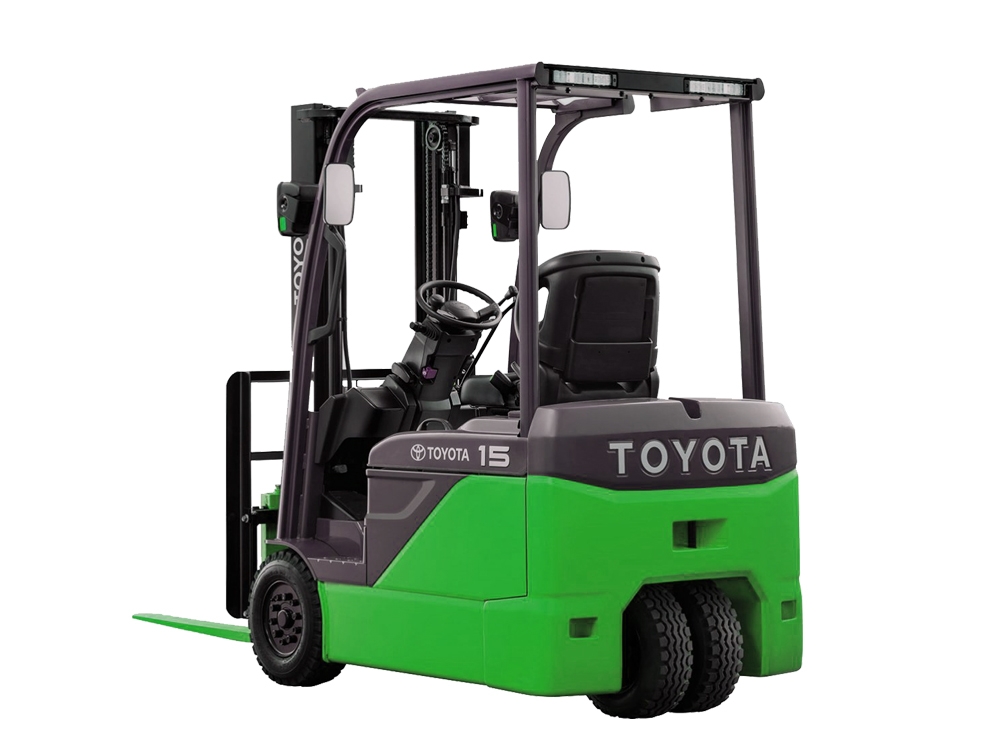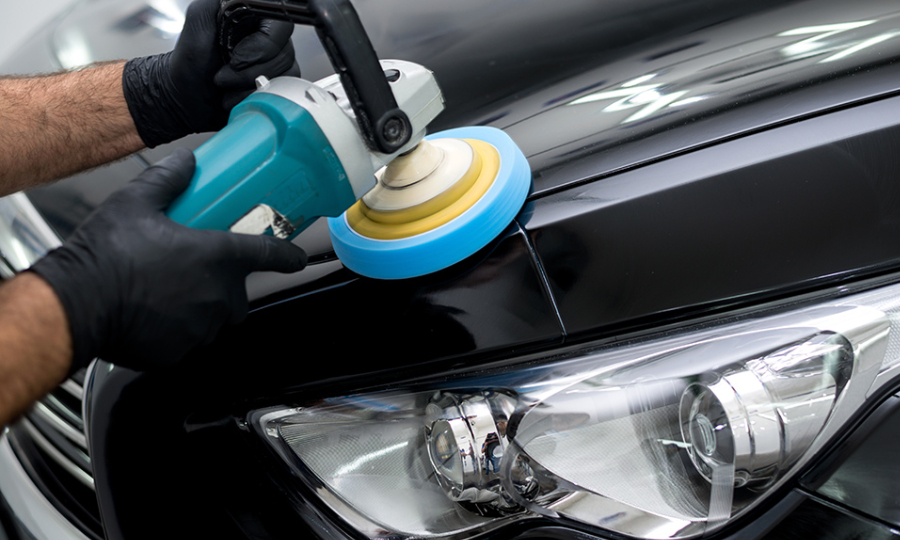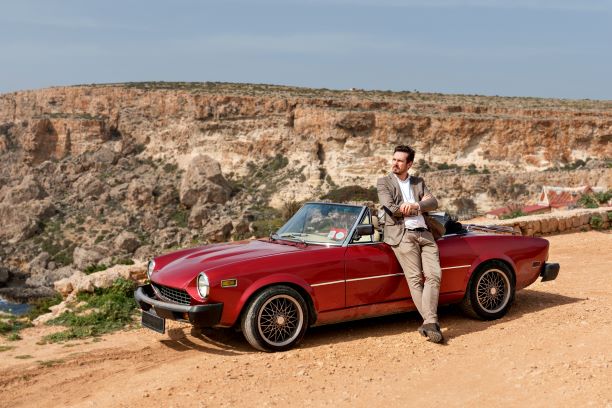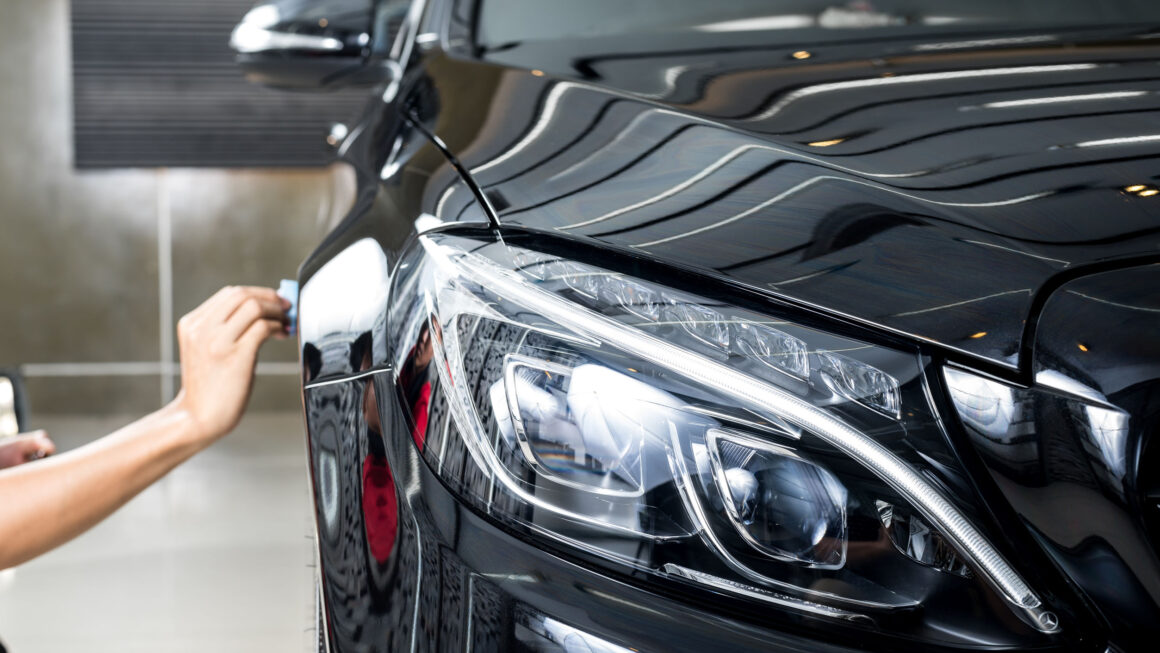Forklifts cost a lot of money to purchase. Depending on your company’s demands, you may decide to buy, lease, or rent a single forklift or a whole fleet.
For instance, renting or leasing a forklift may make sense if you need to utilize it actively and want access to the most recent models.
However, buying a forklift can be your best course of action if you just infrequently require one.
Make the greatest decision for your company by taking the time to carefully weigh your alternatives.
Renting Forklift:
Leasing and renting share certain similarities. When renting, the duration is usually only a few weeks or months. Renting makes sense if you need to carry additional freight during a season when the company is booming. Additionally, it could provide a chance for experimenting.
To determine if renting a new class of forklift or a different model can boost production, facility managers occasionally do so. When compared to lease or purchase choices, Forklift rental Selangor is frequently more expensive. This is so because maintenance expenses are also covered by the rental. The forklift’s idle time at the dealership between rental assignments must also be covered by the rental cost the dealer charges.
Leasing Forklift:
The cost of the machine is one of several factors that might affect lease costs. Forklifts with a value of RM 120K may be leased for approximately RM 2.8K per month, while RM 250K machines can be leased for about RM 5K per month. You should budget extra money for upkeep. The amount of the monthly lease payment may change based on the situation.
Leasing a forklift has benefits:
The following are some benefits of leasing:
Tax benefits:
Leasing is often a tax-deductible operational expenditure, but make sure to verify any local or state tax regulations that may apply.
Maintaining a technological edge:
Regular equipment replacement is possible with leasing. An operation may profit from the increased productivity and safety provided by new technology by replacing older forklifts as soon as possible with newer models.
Evaluating fresh models:
Operators may test out new equipment without having to make a purchase commitment by using a leasing scheme. A choice can be made on whether to return the machine or buy it following the lease period.
Planned maintenance:
The price of the monthly leasing might include the cost of forklift maintenance. One advantage of buying a maintenance package is that it becomes a dependable monthly expense, which makes precise budgeting easier.
Low upfront expenses:
Operators can make use of a costly machine’s performance without having to fully cover its purchase price. Instead of paying upfront for new equipment, the monthly leasing and maintenance cost more closely reflect forklift usage because the lease lasts for three to five years.
Greater productivity:
A fleet’s average age is kept down by the more regular replacement schedule, which increases the possibility of peak efficiency and decreases downtime.
The drawbacks of forklift leasing include:
The following are some drawbacks of leasing:
Rent is more expensive than purchasing:
It will cost more than when you first bought the forklift if you choose to exercise your option to buy one at the end of the term. The dealer is assuming the risk, and you are paying a premium to return it with no obligations.
Fines for excessive usage:
The permitted usage hours will normally be outlined in the lease. There will be a penalty if the maximum amount in such an agreement is exceeded. If you elect to renew your lease with the same dealer, the penalty can be eliminated.
No property to use as collateral:
Because the dealer retains ownership, when a firm decides to lease, they lack an asset to offer as collateral.
Inadequate maintenance support from the lease company:
Before you sign a maintenance contract, make careful to have all the information straight.
Buying Forklift:
One must look for a Forklift for sale Malaysia if the business:
- Prefers to own every piece of its capital equipment
- Has access to a loan line that is competitive
- Possesses stability and anticipates using the forklift for 20 years.
Possesses the necessary funds to complete the acquisition or needs to record the item as capital equipment on its accounts



